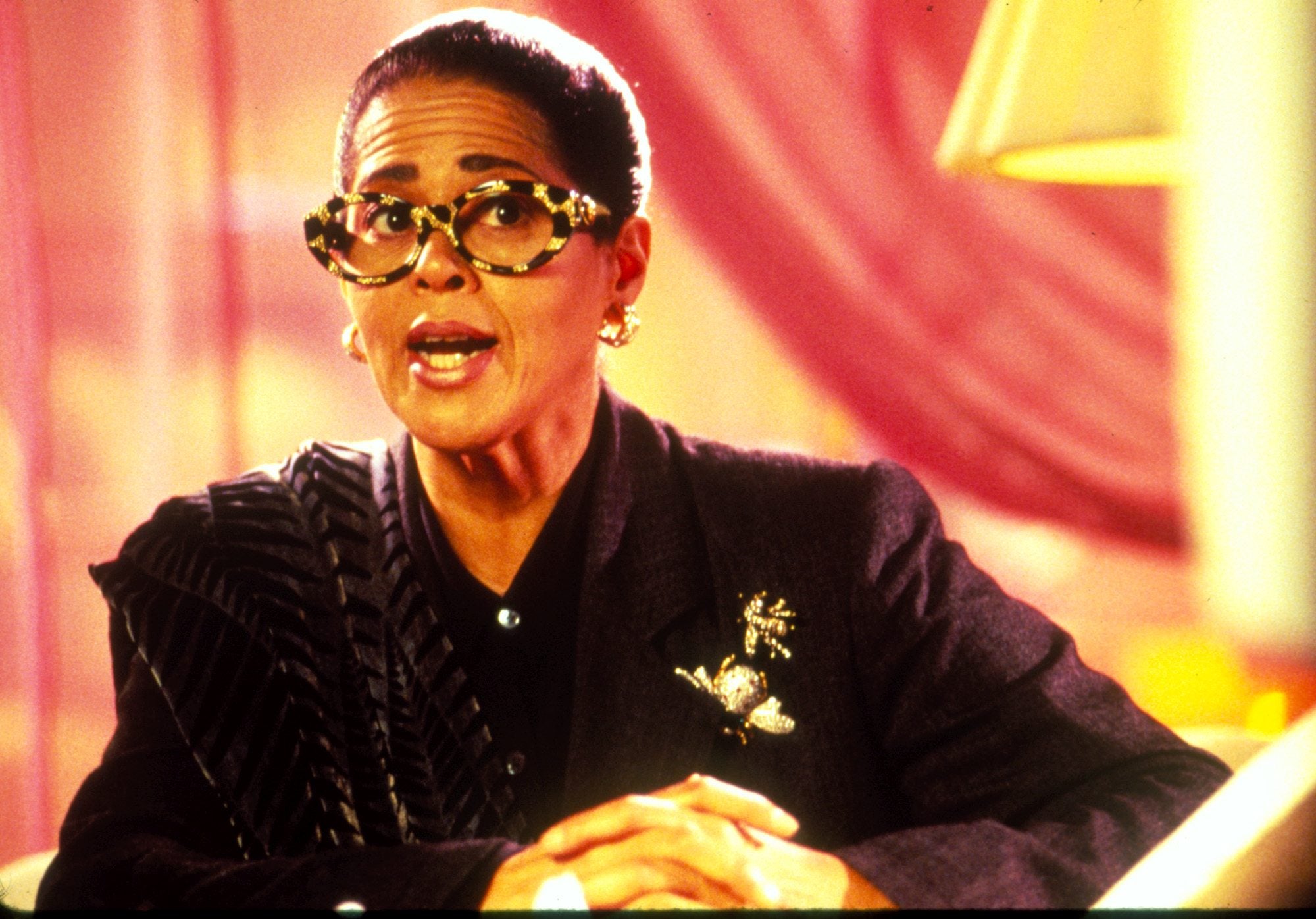It’s been twenty-five years since the Los Angeles riots (also known as the LA uprisings). Los Angeles’s California African American Museum (CAAM) is commemorating the anniversary with two different exhibitions. In “No Justice, No Peace: LA 1992,” the museum pairs archives and ephemera together to explore the socio-political history of the city, in ’92 and now. And in “Trouble Every Day: LA 1965/1992,” CAAM highlights the way music has been integral to ongoing civil rights struggles.
One of the first artists to address the L.A. uprisings was the actor/playwright Anna Deveare Smith. In the summer of 1993, just one year after the Rodney King verdict, Smith opened her one-woman show “Twilight: Los Angeles, 1992,” at the Mark Taper Forum. Theatre Journal published seven reviews of “Twilight” in order to attempt to chronicle the diversity of reactions to Smith’s pioneering monologues.
The journal’s editor, Susan Vaneta Mason, noted, “Because the nature of Smith’s work is to reveal multiple perspectives of a subject, multiple responses to her work may begin to define the contours of her style and may suggest a diversity of approaches to performance criticism.”
In “Twilight,” Smith performed 27 characters, all based on interviews she had conducted for primary source material. She performed these with minimal props and costumes, instead emphasizing the original interviewees’ words, personas, mannerisms, and cadences. In doing so, she created wide array of characters who each present personal views and experiences from their time in, around, and during the LA uprisings.

Reviews of “Twilight” ranged from appreciation to disappointment, though most reviewers praised Smith’s acting skills. As Martin Hernandez noted, “Portraying one character can be difficult, even for the most mediocre actor. Smith, however, is a human chameleon, embodying each character with astounding flexibility.”
Susan Suntree also praised Smith’s acting and technique, saying, “Smith’s ability to capture the body language as well as the words of Blacks, Asians, Anglos, and Hispanics told the deepest tale. From within one woman arose all the ‘others.’” She describes the ways in which Smith is able to play with viewers’ expectations and prejudices: “As Smith moves from spotlight through shadows and back to the light, we catch ourselves mirrored and then transformed. The body of one we might fear or judge evolves into a voice we recognize.”
While some reviewers felt they were left in despair without any catharsis, others appreciated the lack of answers. Hernandez writes, “Smith, thankfully, does not offer us an easy solution to our problems. Rather, she flashes some light on the darkest part of our souls, hoping it will spark some illumination on our own path to redemption and renewal. I just hope we are up to the task.”
This message stays relevant; recently PBS released an encore of Anna Deavere Smith’s “Twilight” noting its ongoing relevance as it “continues to reverberate powerfully within the context of today’s current events.”







